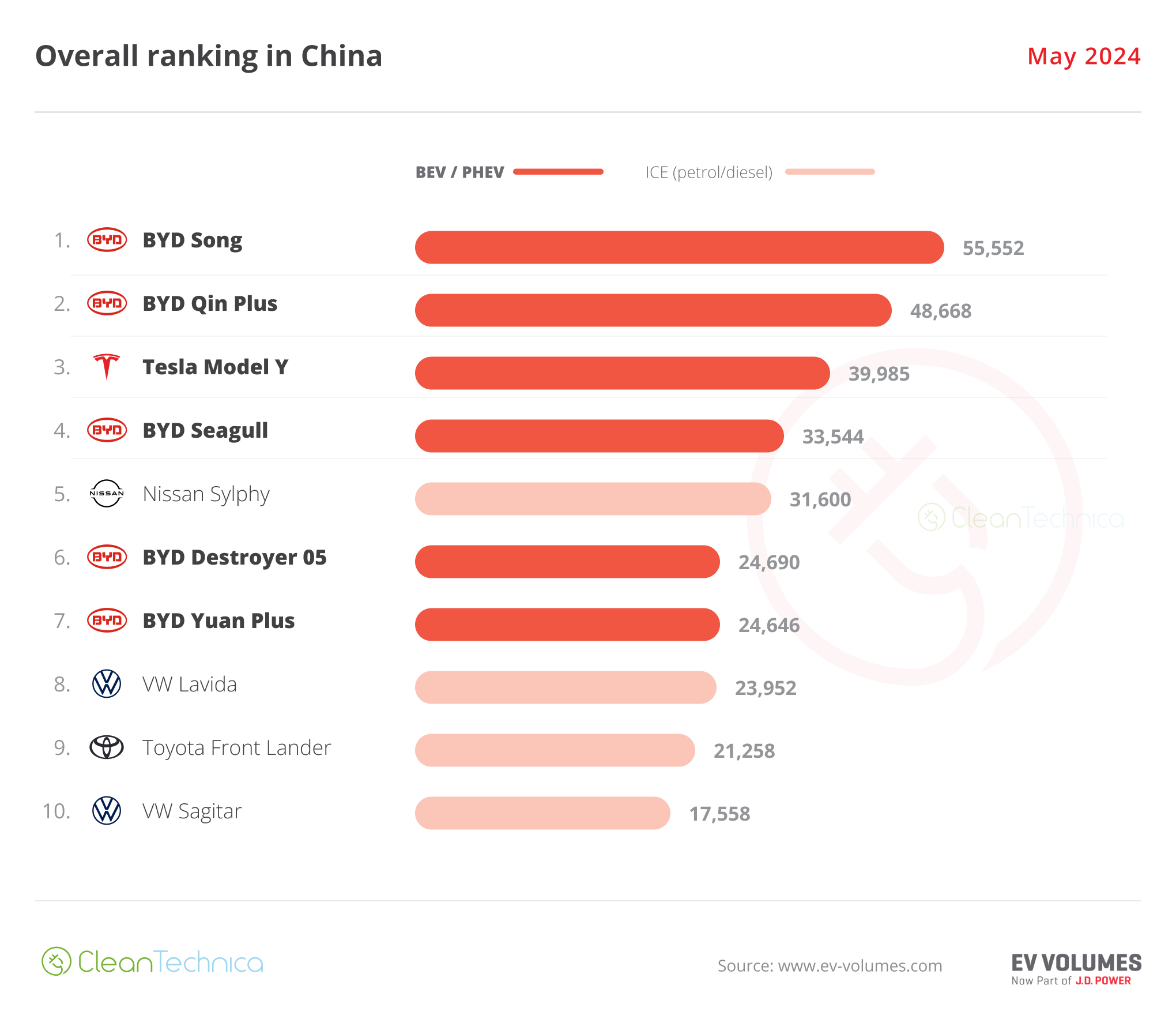
Perovskite solar cells should be subjected to a combination of stress tests simultaneously to best predict how they will function outdoors, according to researchers at the U.S. Department of Energy’s National Renewable Energy Laboratory (NREL).
Solar cells must endure a set of harsh conditions—often with variable combinations of changing stress factors—to judge their stability, but most researchers conduct these tests indoors with a few fixed stressing conditions. While these tests provide some necessary insight, understanding which stressor applied during indoor tests provided predictive correlations with outdoor operation is critical.
“We must understand how well perovskite solar cells will perform outdoors, under real conditions, to move this technology closer to commercialization,” said Kai Zhu, a senior scientist in the Chemistry and Nanoscience Center at NREL. “That’s why we identified accelerated testing protocols that can be conducted in the laboratory to reveal how these cells would function after six months in operation outside.”
Zhu is lead author of a newly published paper, “Towards linking lab and field lifetimes of perovskite solar cells,” which appears in the journal Nature. His co-authors from NREL are Qi Jiang, Robert Tirawat, Ross Kerner, E. Ashley Gaulding, Jimmy Newkirk, and Joseph Berry. Other co-authors are from the University of Toledo, who have collaborated with Zhu on several other recent papers about perovskites.
Outdoor conditions, such as humidity, heat, and even light, put stress on solar cells. As a result, the efficiency of solar cells declines and power production decreases over time. To reach the reliability targets for commercialization of perovskite technology, protocols must first be established so that improvements from different groups can be easily validated and compared.
Researchers tend to test the stability of perovskite solar cells by exposing them to light and under low temperatures. However, a broad range of testing conditions exist, making it challenging to compare different studies and discern their relevance to achieving the reliability needed for commercialization.
The NREL-led research team put perovskite solar cells through a battery of tests. During the test for operational stability, the cells retained more than 93% of their maximum efficiency after about 5,030 hours of continuous operation. The cells were subjected to thermal cycling, with temperatures repeatedly fluctuating between -40 and 85 degrees Celsius. After 1,000 cycles, the cells showed an average of about 5% degradation.
The tests addressed different stressors, such as light and heat, separately. However, in real-world conditions, these individual factors act simultaneously to affect solar cell performance. When combined, for example, light and heat significantly accelerate performance degradation or cause new problems that were otherwise absent or occurring at slower rates when testing separately.
The researchers concluded that high temperature and illumination is the most critical combination of stressors for understanding how well a perovskite solar cell will perform outdoors.
The U.S. Department of Energy Solar Energy Technologies Office funded the research.
NREL is the U.S. Department of Energy’s primary national laboratory for renewable energy and energy efficiency research and development. NREL is operated for DOE by the Alliance for Sustainable Energy LLC.
News release courtesy of NREL.
Featured photo: Fabricating solar cells with perovskites, courtesy of Qcells.
I don’t like paywalls. You don’t like paywalls. Who likes paywalls? Here at CleanTechnica, we implemented a limited paywall for a while, but it always felt wrong — and it was always tough to decide what we should put behind there. In theory, your most exclusive and best content goes behind a paywall. But then fewer people read it! We just don’t like paywalls, and so we’ve decided to ditch ours. Unfortunately, the media business is still a tough, cut-throat business with tiny margins. It’s a never-ending Olympic challenge to stay above water or even perhaps — gasp — grow. So …



